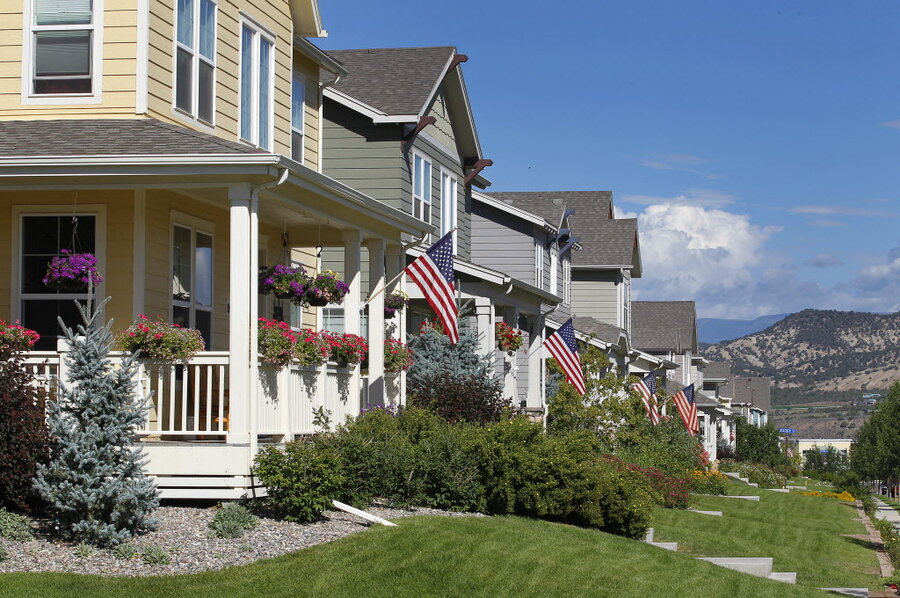Middle Class no longer majority: Does it matter?
Americans with a middle class income have declined from a majority in the 1970s to half the population, but policy has successfully shifted key groups up during the same time.
The bottom and top segments of America's income spectrum have grown, according to a Pew Research Center study published Wednesday. Preserving a healthy middle class is considered by many to be an economic and political imperative because it is traditionally the place where citizens do much of the heavy lifting of democracy, John Yemma wrote for The Christian Science Monitor.
"The middle class is the bedrock of democracy," he wrote. "It is where work gets done, families thrive, and a society’s values are established. People from Benjamin Franklin to the current candidates running for president have lauded the middle class as the quintessence of the American dream."
Part of the shift shows economic growth, as the upper class increased from 14 percent in 1971 to 21 percent. Perhaps even more surprising is that the share of aggregate income that went to upper-class families increased from 29 percent in 1970 to 49 percent today.
"Notably, the 7 percentage point increase in the share at the top is nearly double the 4 percentage point increase at the bottom," according to Pew.
The Pew data illustrates the impact of the Great Recession on lower income groups especially, however. The lower class has grown from 25 percent in 1971 to 29 percent. This means high-income families are much wealthier than middle-class families than they were several decades ago. And there are also nearly twice as many of them.
Certain demographic groups moved up at a higher rate than others, and "winners" included women, members of all races except Hispanics, and married households. Demographic groups whose shift has been negative include Hispanics, twenty-somethings, and anyone with less than a bachelor's degree.
The drop for Hispanics reflects an increase in the number of immigrants starting out at a lower income, according to Pew, because when considered separately, Hispanic immigrants and and US citizens alike advanced. The biggest gain goes to senior citizens, and the Pew authors suggest this is a policy success story.
"Not coincidentally, the poverty rate among people 65 and older fell from 24.6% in 1970 to 10% in 2014," according to Pew. "Evidence shows that rising Social Security benefits have played a key role in improving the economic status of older adults."
Younger Americans looking at the job market feel less confident about their middle-class prospects. The approaching doom of the middle class may be a myth, but the market is shifting as jobs become either unskilled or highly skilled, without much in between, reported Mark Trumbull for The Christian Science Monitor:
Optimism about the future persists among moderate-income Americans to a degree that may seem surprising. It has just been tempered. The new watchword is realism – the awareness that the economically ascendant America of the baby boomers has now been superseded by an era of sluggish wage growth and financial setbacks.
Half the American population is still solidly in the middle class, according to the study, so it's early yet for funeral arrangements. The concern is that the middle class has held a solid majority for four decades but is now declining because of growth in the lower and upper income tiers.
In an election year, the health of the middle class will likely come up, as both Democrats and Republicans support a strong middle class. If the Pew data is true, then much of what would revitalize the middle class could be well within the grasp of policymakers. Anything that promotes stable families and quality education is likely to energize the middle class.






